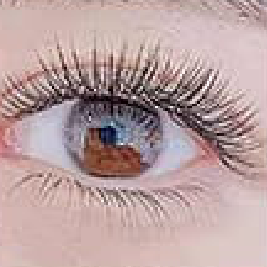01 EMBROIDERY
MOLE embroidery
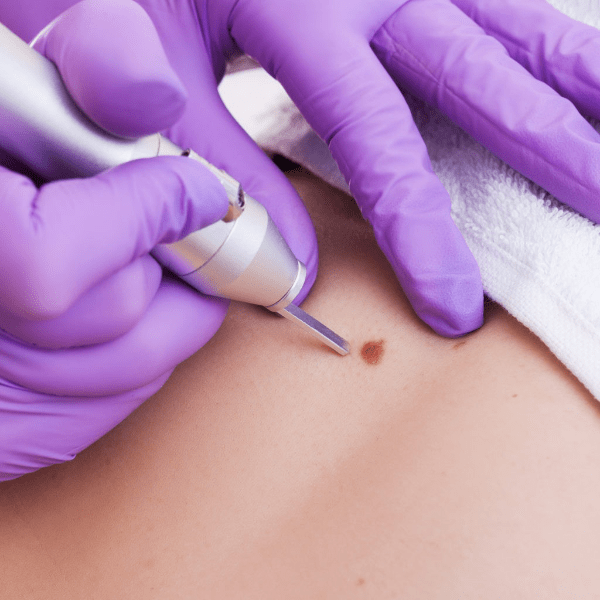
OUR PRICING
STANDARD
MISTY
$288
POWDER MISTY
$588
3D
$368
6D
$588
7D
$788
CUSTOM
From $1088
+MISTY
3D
$588
6D
$788
7D
$988
CUSTOM
From $1088
FAQ
What Is The Difference Between All The Mole Removal Techniques?
Mole removal techniques vary in methods and suitability. Excision involves cutting out the mole and surrounding tissue, typically used for larger moles or those requiring biopsy. Shaving removes the mole using a surgical blade, making it ideal for raised moles but may leave a flatter appearance. Laser removal uses focused light to break down the pigment, suitable for smaller, non-cancerous moles, with minimal scarring. Cryotherapy involves freezing the mole with liquid nitrogen, effectively removing it but often requiring multiple sessions. Electrosurgery uses electrical currents to burn off the mole, providing quick results. Each technique has its benefits and risks, so the best choice depends on the mole’s characteristics and the patient’s preferences.
Mole Removal Aftercare
Aftercare for mole removal is crucial for proper healing and to minimize complications. Start by gently cleansing the area with mild soap and water, avoiding harsh products. Apply a recommended antibiotic ointment to prevent infection and promote healing. It’s essential not to pick or scratch the site to minimize the risk of scarring. Protect the area from direct sunlight by covering it or using sunscreen once healed. Avoid swimming in pools, hot tubs, or natural bodies of water for at least two weeks to prevent irritation. Lastly, attend any scheduled follow-up appointments to monitor healing and address any concerns. Following these guidelines will help ensure effective recovery after mole removal.
I’m Worried That My Mole Won’t Look Natural?
It’s common to worry about how a mole will look after removal. To achieve a natural appearance, choose a skilled and experienced practitioner who can assess the mole’s location and your skin type. Techniques like excision or shaving can often leave minimal scarring, especially when proper aftercare is followed. Discuss your concerns with your doctor beforehand to understand the process and expected results. Over time, most scars fade and blend with the surrounding skin, making the area look more natural.
Will My Mole Look Darker After The Removal?
After mole removal, the area may initially appear darker due to healing and scabbing, but this usually lightens over time. It’s normal for the surrounding skin to undergo changes during the healing process. As the site heals, the color should gradually blend with the surrounding skin, resulting in a more natural appearance. If you have concerns about discoloration or changes, it’s best to consult your practitioner for guidance.
Is It Painful?
Most people experience minimal discomfort during mole removal, which can vary depending on the technique used. Local anesthesia is typically administered to numb the area, so you shouldn’t feel pain during the procedure. Some individuals may feel a slight pinch or pressure. After the procedure, mild soreness or sensitivity is common but can usually be managed with over-the-counter pain relief if needed. Overall, the experience is generally tolerable for most patients.
Can Breastfeeding/Pregnant Mums Do Mole Removal?
It’s generally advisable for breastfeeding or pregnant individuals to avoid elective mole removal procedures unless absolutely necessary. This is due to potential risks associated with anesthesia, medications, and the healing process. If removal is needed for medical reasons, it’s essential to consult with a healthcare professional to evaluate the risks and benefits. Always discuss your specific situation with your doctor to make an informed decision.
Will The Mole Removal Scar Fade Completely Over Time?
While mole removal scars typically do fade over time, they may not disappear completely. Factors such as the technique used, your skin type, and individual healing processes play a role in how noticeable the scar will be. Initially, scars may appear red or darker, but they usually lighten and become less prominent within several months to a year. Proper aftercare, including sun protection, can help minimize scar visibility. If you have concerns about scarring, discuss them with your practitioner for tailored advice.
Why Do I Need A Touch Up?
A touch-up may be necessary after mole removal to ensure optimal healing and cosmetic results. This is particularly important if there are any areas that haven’t healed as well as expected or if the scar appears uneven. Touch-ups can also help refine the appearance of the area to achieve a more natural look. Your practitioner will typically assess the healing process during follow-up visits and recommend touch-ups if needed to enhance the overall outcome.
OUR WORKS
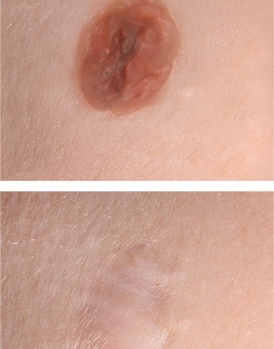
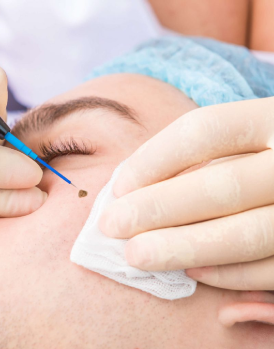
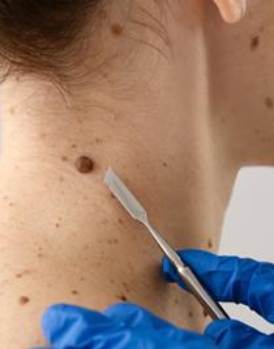
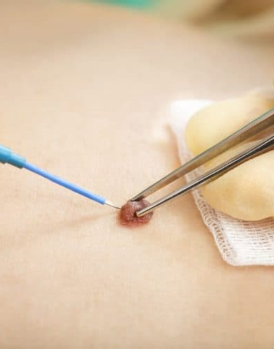
CONTACT FOR
ultimate beauty
T: +65 9235 0139
E: starbeautyhub@gmail.com

